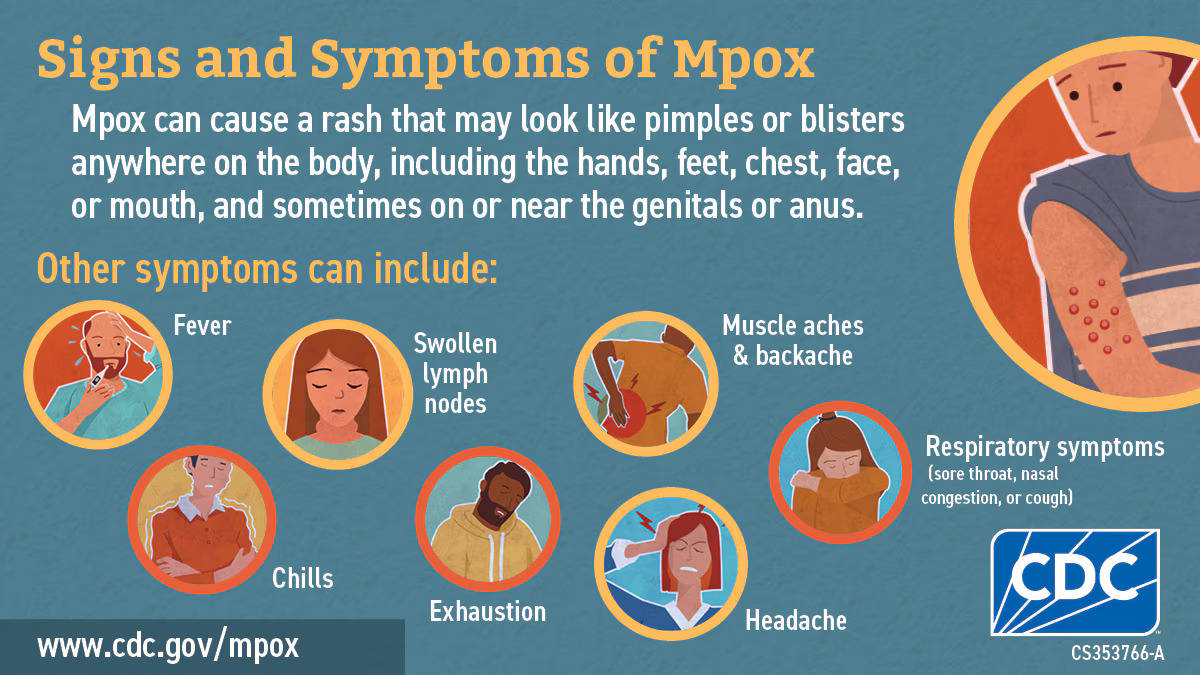In early January, several MIT affiliates were awarded one of the most prestigious science awards, the National Medal for Science and Technology. Among these renowned scientists was Dr. Paula Hammond, a professor of chemical engineering at Massachusetts Institute of Technology, who was the first woman of color to serve as the head of the chemical engineering department.

With over 40 awards, medals, and honors, Dr. Hammond has had an extremely successful career in chemical engineering. But what motivated Dr. Hammond to pursue a career in the chemical science field?
In an interview with Dr. Hammond, she said, “My parents were both involved in public health, and for that reason I was always encouraged to explore science, math, as well as all of the broader fields of social and physical sciences.” She added, “I got really excited about being able to make something new by combining two different things together.”
Now, Dr. Hammond has transitioned from being taught chemistry to teaching chemistry to her students at M.I.T, returning as an associate professor in 1995, and becoming an institute professor in 2021.
Outside of the classroom, Dr. Hammond has made several innovations in chemical engineering. Her most famous invention was a layer-by-layer assembly technique to build ultrathin batteries and fuel cell electrodes.
In terms of biomedical creations, Dr. Hammond’s drug-delivery tactic through nanotechnology is renowned in the scientific world. Although many first think of nanotechnology as a product of cinema, Dr. Hammond has utilized very real nano-coated cells to distribute vaccines to specific cells, helping combat diseases such as cancer.
Former pharmaceutical senior investigator and Riordan AP Chemistry teacher Dr. Caroline Gochoco-Tsuyuki likened the technology to a “Trojan horse,” as the nanoparticles bind to receptors on cancer cells while remaining undetected by immune processes that target conventional medicine, after which the particle is “engulfed by the cancer cell” and releases its cytotoxic payload, killing the cancerous cell.
Dr. Gochoco-Tsuyuki described Hammond’s work as “genius” and that of “a true “STEMnist,” adding that “I hope that her work inspires all girls to pursue science research as a career.”
Riordan Biomedical student Zion McGuire ’26 further added, “I think her achievements are going to inspire people, especially young Black girls, to be interested in STEM,” and that Dr. Hammond is “a role model for girls in general who are interested in science.”
Despite all of her prior achievements, Dr. Hammond is just getting started. “I am excited about the use of AI and patient data to inform the design of nanomaterials to address cancer and other diseases, combining experimental efforts and large-scale experiments with machine learning,” she said.
With many innovations already, and future inventions forthcoming, Dr. Hammond continues to strive to help the world through her scientific breakthroughs while recognizing her racial background, stating that “in cancer, I’ve had a strong interest in ovarian cancer, a cancer that impacts women significantly. It’s also a cancer that hasn’t been resolved. In fact, we haven’t seen much improvement over the last few decades and it impacts Black women especially.”
And for any aspiring scientists, she said, “I’d say expose yourself as much as possible, check things out, read, look for opportunities to learn more about different fields, and delve as deeply as you can into those fields to see if that’s something you want to do, too.”








